Lionel Chetwynd, BA 63, still becomes emotional when he recalls the way Hall altered the course of his life. Although now a long-established and renowned screenwriter, director and producer (Varian’s War, 2001) based in Los Angeles, back in 1960 Chetwynd had reached a state of despair when he asked to speak with Sir George Williams’s principal.
He grew up in Montreal with dysfunctional parents and had to quit high school at 14 to help support the family after his father was jailed. He eventually returned to school yet ended up expelled before completing Grade 10. While he later found structure and discipline by signing up with the Black Watch (Royal Highland Regiment) of Canada, he couldn’t make a career of the military.
“I was 20 years old and had just lost my job as an Eaton’s sales clerk,” Chetwynd recalls. “People didn’t trust me when they found out who my father was.” Out of job possibilities, he walked over to Sir George Williams, where a former army buddy was already taking classes.
Chetwynd waited nearly two hours for Hall to finish teaching his class. “A short, stocky man with a craggy face, he nodded and then crooked his finger for me to follow him into his office,” Chetwynd remembers. “After he motioned for me to sit across from him at his desk, I broke down because I didn’t have anything to say in my favour.”
Hall sat without a word or gesture until Chetwynd recomposed himself. “He really listened, which for someone who grew up with no one caring meant a great deal,” Chetwynd shares. “Then he said, ‘You’re a young man with the whole world still ahead of you. I think you’re ready.’”
After a battery of tests, Chetwynd received conditional admittance as a mature student. “He gave me a chance when no one else would,” Chetwynd says with immense appreciation. Chetwynd became an honours student in philosophy and economics. He also championed Sir George Williams on televised youth panels and in debating competitions.
“Whenever I achieved something representing Sir George, Dean Hall would pat my back in the corridors or send me a congratulatory note,” Chetwynd warmly recalls. Shortly after graduating as valedictorian, Chetwynd married Gloria Carlin, who became a Hollywood actress. “I met her during my second month at Sir George,” he says. “We invited Dean Hall and his wife to our wedding and we still treasure the photos we have of them.”
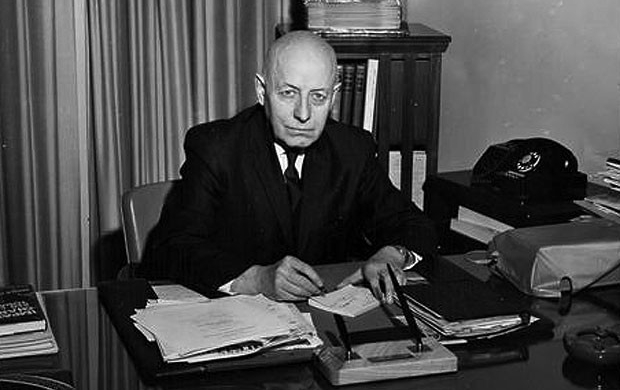
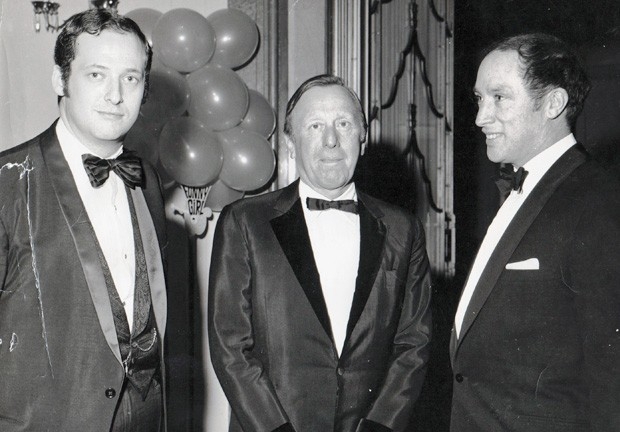 Lionel Chetwynd, producer Ray Stark and Canadian Prime Minister Pierre Elliott Trudeau at the London opening of Funny Girl in January 1969.
Lionel Chetwynd, producer Ray Stark and Canadian Prime Minister Pierre Elliott Trudeau at the London opening of Funny Girl in January 1969.
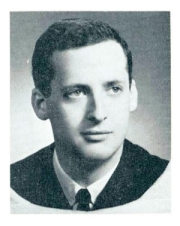 Lionel Chetwynd, BA 63
Lionel Chetwynd, BA 63
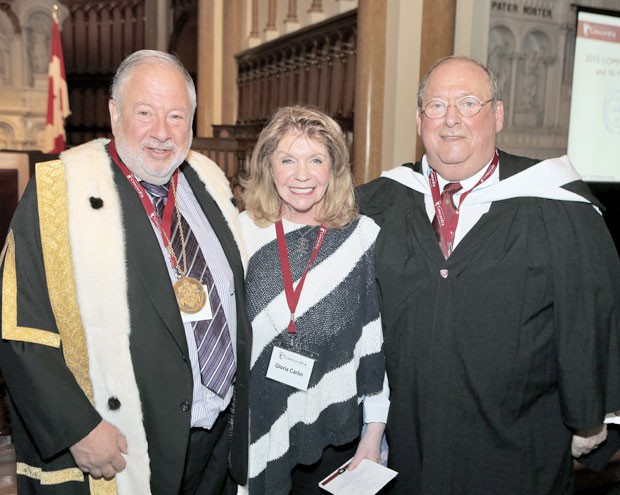 Lionel Chetwynd an Oscar-nominated Hollywood producer, addressed graduates of Sir George Williams university at a commemorative degree ceremony at Concordia’s Homecoming 2015. He is pictured with his wife Gloria Carlin and Concordia Chancellor Jonathan Wener.
Lionel Chetwynd an Oscar-nominated Hollywood producer, addressed graduates of Sir George Williams university at a commemorative degree ceremony at Concordia’s Homecoming 2015. He is pictured with his wife Gloria Carlin and Concordia Chancellor Jonathan Wener.
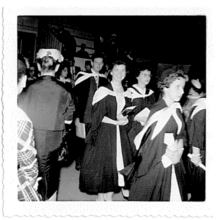 Dorothy (Martin) Mikalachki at her 1969 graduation
Dorothy (Martin) Mikalachki at her 1969 graduation
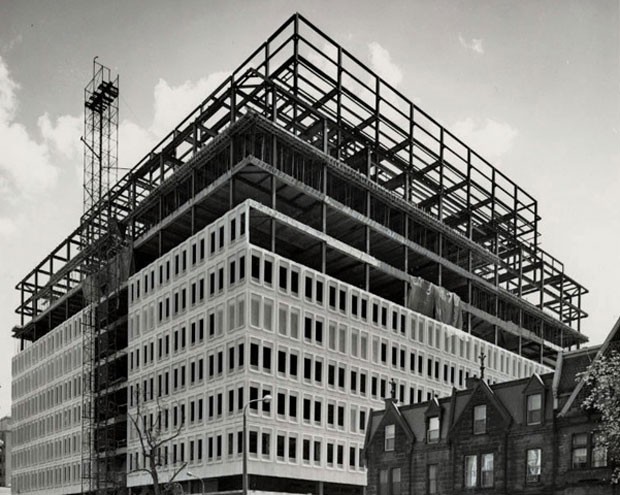 The Henry F. Hall Building opened its doors to students for the Fall 1966 term
The Henry F. Hall Building opened its doors to students for the Fall 1966 term